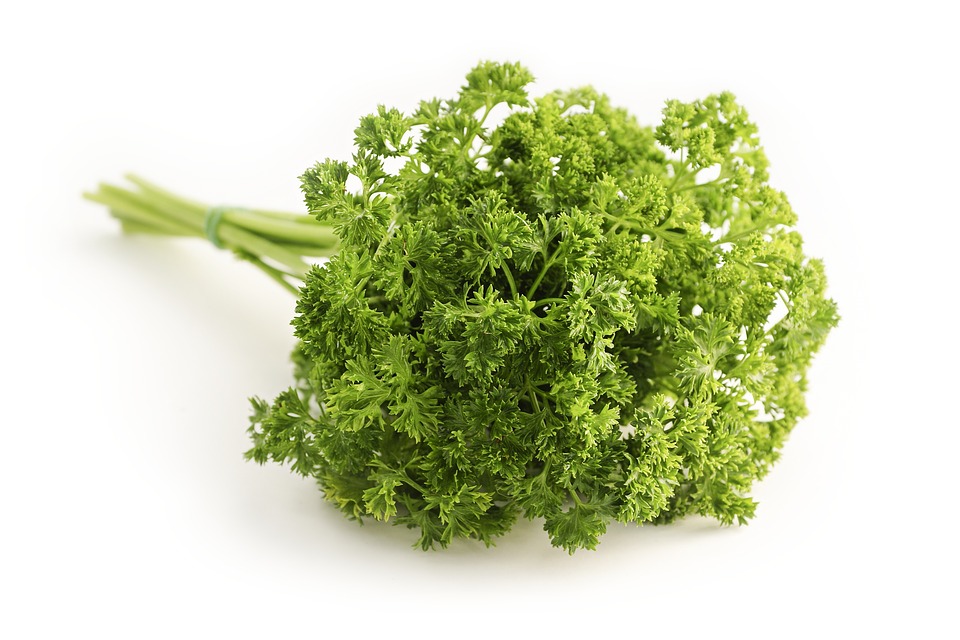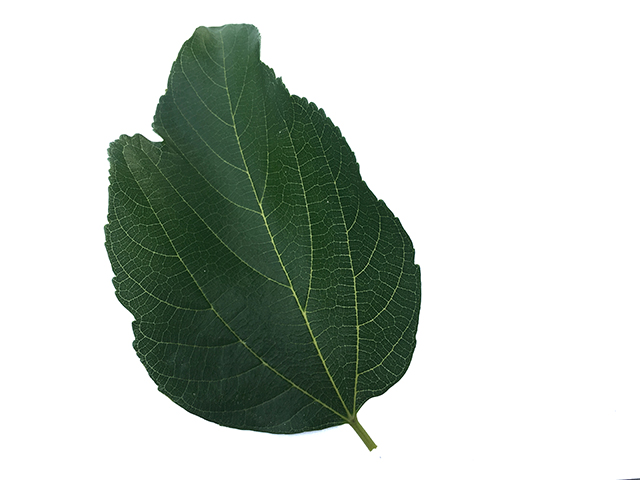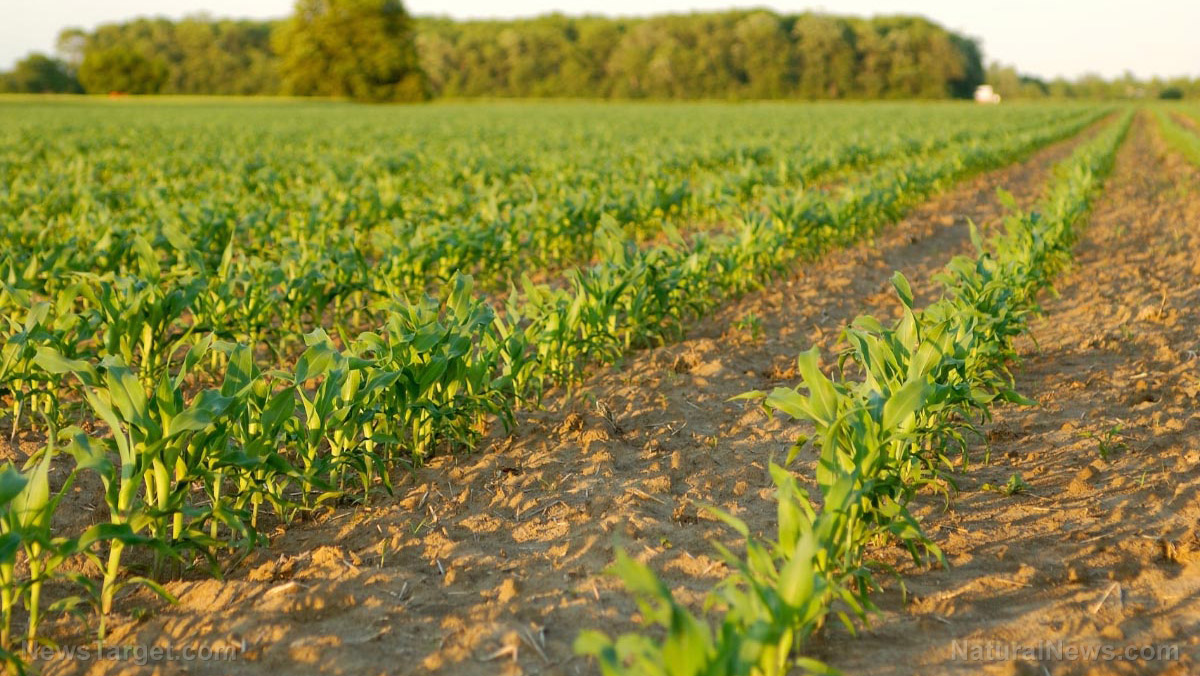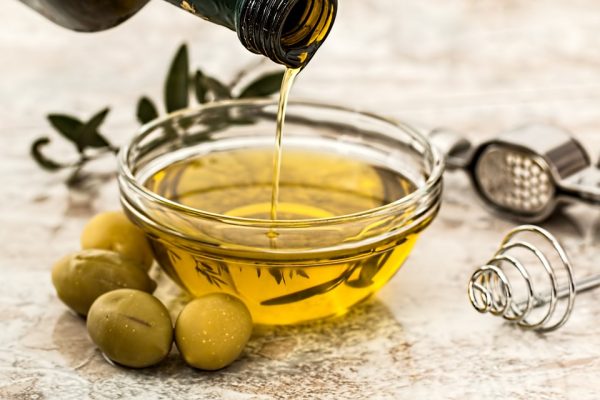The more you learn about growing your own food, the greater your capacity to do just that, and the more self-reliant you become the less dependent you will be on others for your survival. While growing herbs may not seem like much of a “survival” skill, consider that in a collapse situation, you may be eating a lot of the same stuff every day; wouldn’t it be nice to spice things up a bit?
One way you can do that is by growing chervil, an herb which is also known as “French parsley.” This is a very well-known herb that belongs to the carrot family and is a frequent ingredient in – you guessed it – French dishes.
“It’s a key ingredient with fines herbs, often combined with fresh chives, parsley, tarragon and sometimes dried marjoram,” notes Planet Natural. “By itself, it adds its unique parsley-anise flavor when added to eggs, cheese dishes, cream sauces and meats, including veal, chicken and seafood.”
Plus, if you’re growing your own – which is simple to do even if you’ve never done so – you can experiment with other dishes, including some of that long-term storage food you’ve already got (right?) put away for an emergency. (RELATED: How To Find Water In The City After A Collapse.)
One thing to know early on, chervil can lose a great deal of its exclusive flavor if it’s dried, so in order to get the full flavor, it should be added to dishes freshly picked. You can add “sprigs” of it to salads or put it in cream sauces as a late addition in order to give them a flavor boost.
Obviously, the best method of ensuring you always have a fresh supply of chervil is not having to rely on the local grocery store, but rather your own, personal herb garden. Besides, Planet Natural notes, American grocers don’t stock French parsley very often.
The good news for you is that growing chervil is extremely easy – all it takes is a cool, moist environment and soon you’ll have loads of celery-like leafy chervil at your disposal. “With the proper temperatures and lighting,” the website noted, “chervil can be grown indoors during the winter.”
That makes it a year-round delectable delight.
— How to plant your chervil: According to some experienced planters, start growing the seeds indoors for anywhere from four to six weeks before transplanting it to a garden outdoors. But that said, Planet Natural notes that a lot of people report having little success with outdoor planting. So the better thing to do would be to plant chervil in the ground directly from the outset, but not deeply; the seeds should ideally only be tamped into moist earth with your palm.
— Preparing the planting site: One thing that is important is the pH level of the soil in your garden. Experts say it should have a pH of somewhere between 6.5 and 7.0 (they make electronic soil pH testers; just search online and you can find one pretty easily). Also, experts note that chervil loves shade, as direct sun can actually hamper its growth.
One thing that is very important is to maintain moist soil. Chervil pros say that good soil water retention is a non-negotiable thing; your soil must stay damp for chervil to prosper. Garden soil should be combined with a good amount of sphagnum peat moss or coconut coir to help retain moisture. After seeds are planted, experts recommend keeping the ground misted or covered with moist newspaper to keep the soil from drying out until the seeds germinate, which – depending on the weather – could take up to 10 days or longer. (RELATED: Off-Grid Living: Harvesting Rainwater On A Budget.)
The good news is, this herb doesn’t need a lot of food to thrive. Planet Natural says that one application of a balanced, slow-release fertilizer before planting is good practice. In addition, liquid seaweed can be used as a foliar supplement applied to the plant’s leaves when they appear. You don’t want to over-feed chervil; the leaves will be bigger, but the flavor much smaller.
— Some additional tips: Since French parsley germinates better in cooler weather, you need to plant it in early spring and get it harvested before the heat of summer arrives. Otherwise, if left to hotter weather, its leaves will turn bitter, bland and tough. So it’s a short growing season, but that’s what gives Chervil it’s brilliant flavor. Because of that, you can actually grow it twice per season – once in early spring in once in early fall, when temps go back down.
Finally, if left to self-seed, Chervil patches will continually expand, much like mint.
Follow more news about growing and using herbs at Herbs.news.
Learn more about versatile, easy-to-grow herbs at NaturalNews.com.
J.D. Heyes is a senior writer for NaturalNews.com and NewsTarget.com, as well as editor of The National Sentinel.
Sources:
PlanetNatural.com
Homesteading.news





















